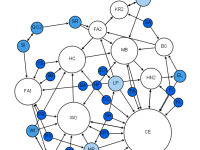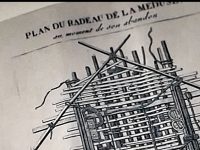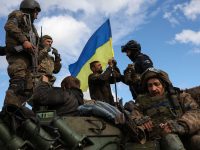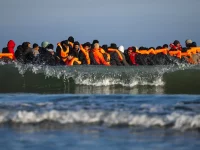Türkiye. The figures of a failed coup
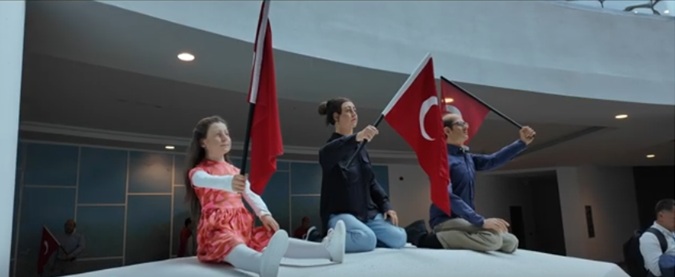
TENTATION On the night of 15–16 July 2016, an attempted coup took place, mainly in Ankara and Istanbul. It was orchestrated by the so-called Peace at Home Council, a faction within the Turkish Armed Forces that the government accused of being linked to Fethullah Gülen, referred to as FETO.. The attempt failed, leaving more than 290 dead and nearly 1,500 injured.
In the days that followed, Turkish authorities launched a sweeping wave of arrests and dismissals targeting the armed forces, the gendarmerie, the police, as well as the education, justice, health, media, and private sectors.
President Recep Tayyip Erdoğan seized on the narrative of the failed coup to turn a moment of crisis into an opportunity to consolidate his power. By presenting himself as the saviour of democracy, he not only justified the repression of political opponents, but also legitimised the establishment of an increasingly authoritarian regime, arguing that extreme measures were necessary. He maintained a democratic discourse that resonated with his supporters and with certain segments of the population who saw his leadership as a guarantee of stability and national security.
On 15 July 2025, Erdoğan marked the ninth anniversary of what he calls a “counter-coup” with a ceremony in Ankara, opening two museums dedicated to the history of democracy worldwide, and delivering a speech to the Ankara Parliament. 220 journalists from around the globe were invited.
Visiting Türkiye for the first time, I could not help but compare it to my own country, Switzerland — a federal and highly decentralised confederation that has preserved its system of direct democracy for generations. All major political parties are represented in government, and changes in its composition are minimal over time. Yet such a comparison remains difficult, as the two nations’ histories, political cultures, and paths to governance are profoundly different.





